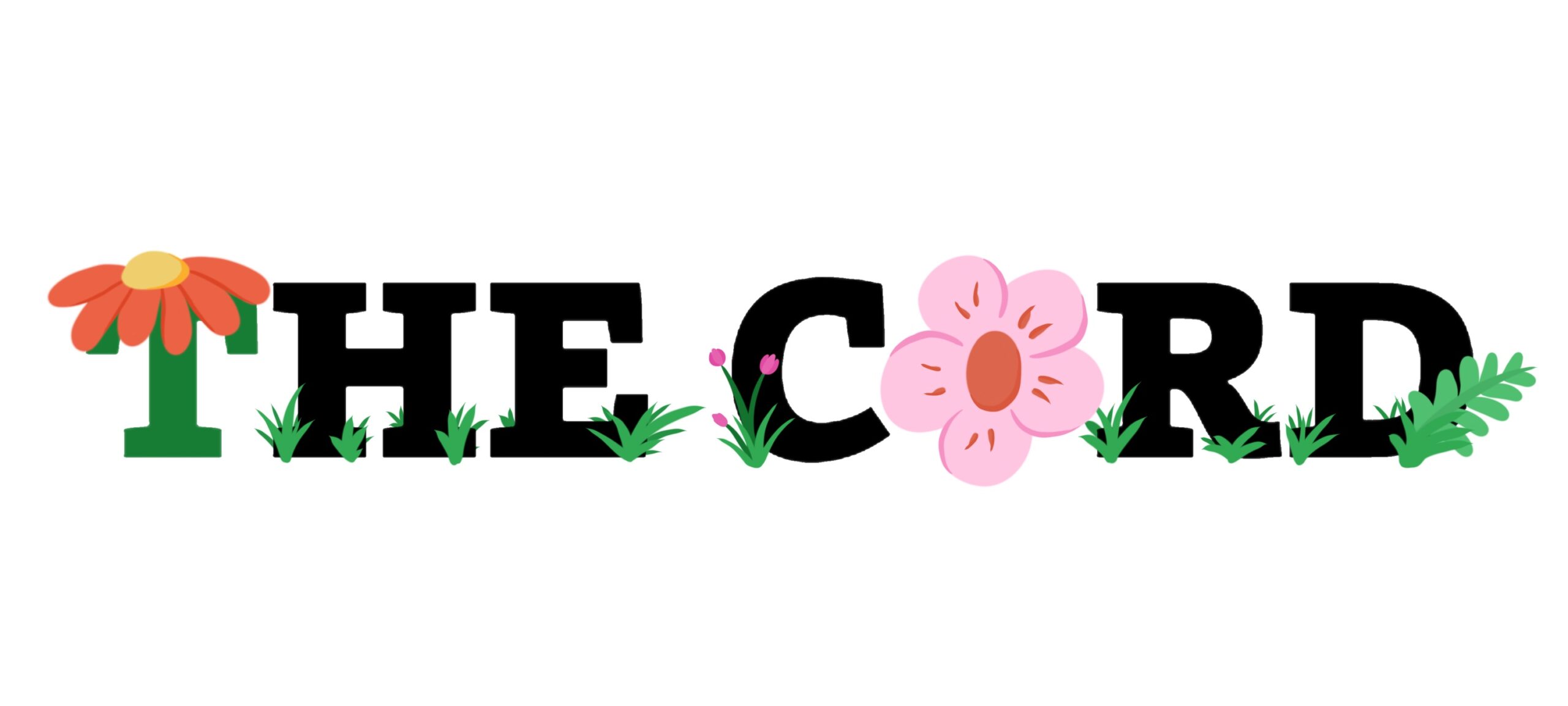Prof studies media construction of illness
Wilfrid Laurier University sociology professor and medical sociologist Juanne Nancarrow Clarke studies the social construction of illness in the mass media, with particular focus on depression and heart disease.
“It’s important for us to understand that illness is essentially a social construct and that the definition of illness and the experience of illness are linked to society,” said Clarke. “You can’t really understand health and disease without understanding social relations.”
For her paper “The Portrayal of Depression in Magazines Designed for Men (2000-2007)”, Clarke researched how depression is portrayed in popular magazines published in North America between 1980 and 2005.
Over a period of four years, Clarke compared magazines targeted at specific audiences and studied how depression was present in those of a specific race, ethnicity, gender and socio economic background.
Through studying magazines such as Time, Good Housekeeping and Ebony, Clarke first uncovered how the portrayal of depression had changed. “The way that depression is constructed, or what is understood to be depression, has changed dramatically over time.
“Depression used to be seen as a reaction to a crisis, such as through a loss. It was sometimes called a nervous breakdown and was treated in various different ways, such as through psychotherapy,” said Clarke.
“It’s now seen as a chemical imbalance in the brain. Now it’s a biological problem located in a particular part of the body and can be treated with drugs, whereas 25 years ago it was caused by social circumstances. It was unusual and rare, and now it can affect anyone.”
Clarke next explained how depression is represented differently across various social groups.
“The link to behaviours and attitudes for women has expanded. [Look at] postpartum depression for instance.
“There are all kinds of new diagnosis pertaining to women, whereas for men it’s much more narrow. Depression is seen as a woman’s disease and is linked to a lot of everyday behaviors and normative events, such as getting married, having a baby.”
Clarke is currently extending her research to focus on children’s depression and its depiction in the media through Internet analysis.
In her paper “Heart Disease and Gender in Mass Print Media”, Clarke employed the same methodology to examine how heart disease is portrayed in the mass media, which she has been researching since the early 1990s.
Clarke explains that the portrayal of heart disease in the media is strongly linked to men. Such gendering of the disease leads to serious health consequences for women.
“Women are about twice as likely to die the first year as men. Both doctors and women underestimate the risk of heart disease,” said Clarke. Due to this underestimation, heart disease is often diagnosed more accurately in men.
The gendering of heart disease is not specific to magazines, but is also present in television and in films. Clarke calls the characterization of the heart attack victim the “Hollywood Heart Attack”; the character is often a handsome and hardworking male who succumbs to a heart attack as a result of economic stress and pressure.
Clarke explains that such popular characterization promotes stereotypes about those susceptible to heart trouble. “The problem is that [the “Hollywood Heart Attack” model] is only partly true. 30 per cent of Canadian woman will die of [heart disease]. It’s a huge medical issue for women and it’s undertreated.”
According to Clarke, perceptions of illness are not solely based on media output; it is a combination of cultural factors, including politics, patriarchy and the division of labour.
“All those kinds of things feed into how we understand a disease, doctors as well as citizens. We’re in the same social world. We’re all in the same boat and doctors are no more likely than the rest of us to step outside this culture.”


